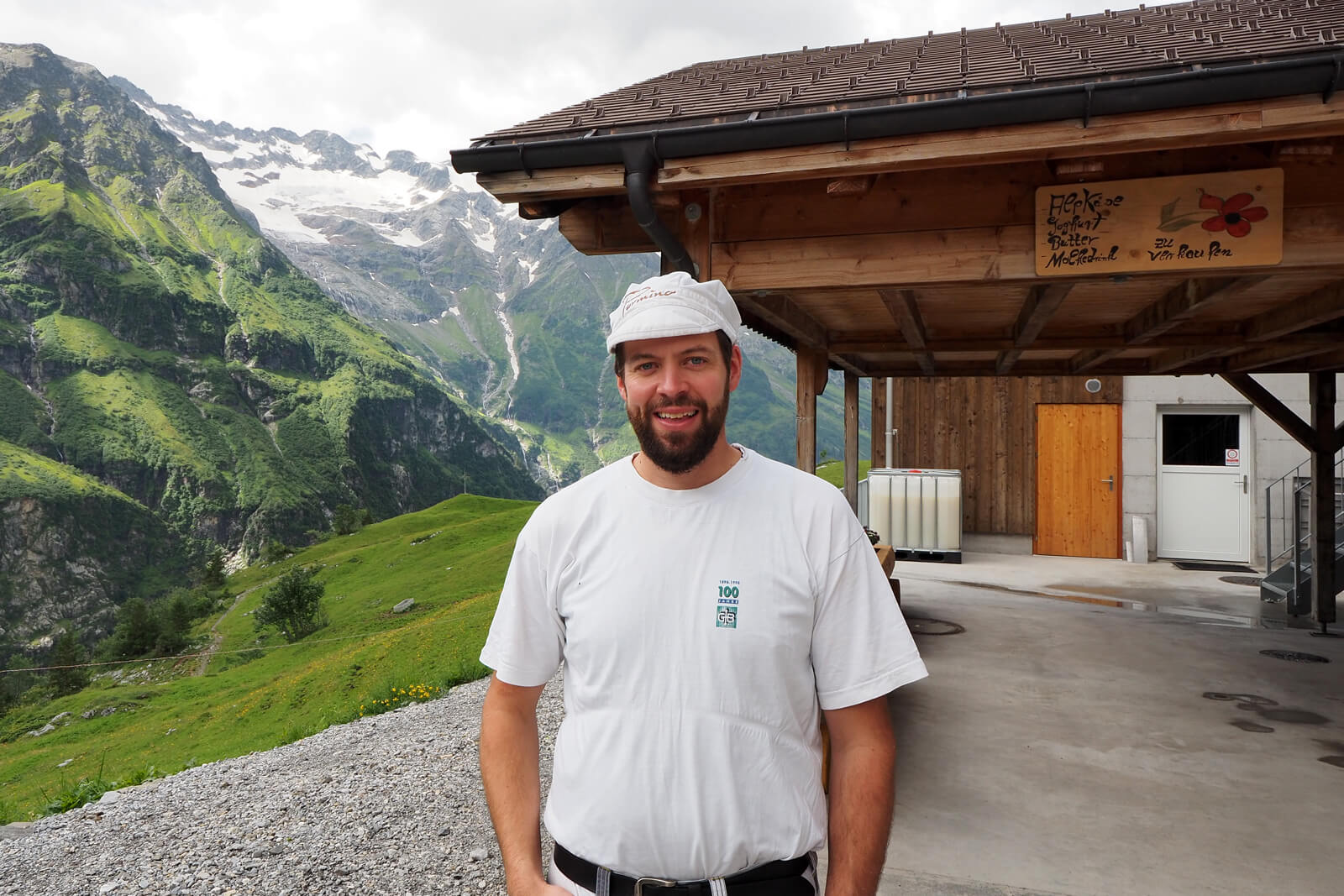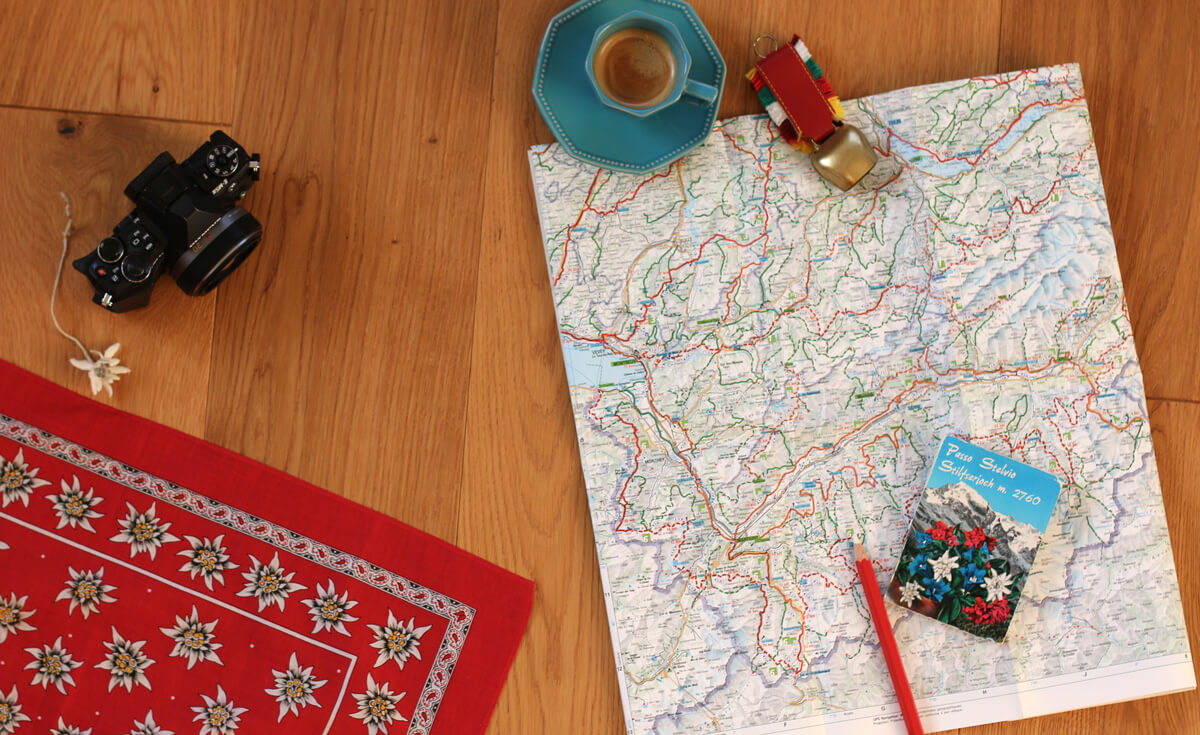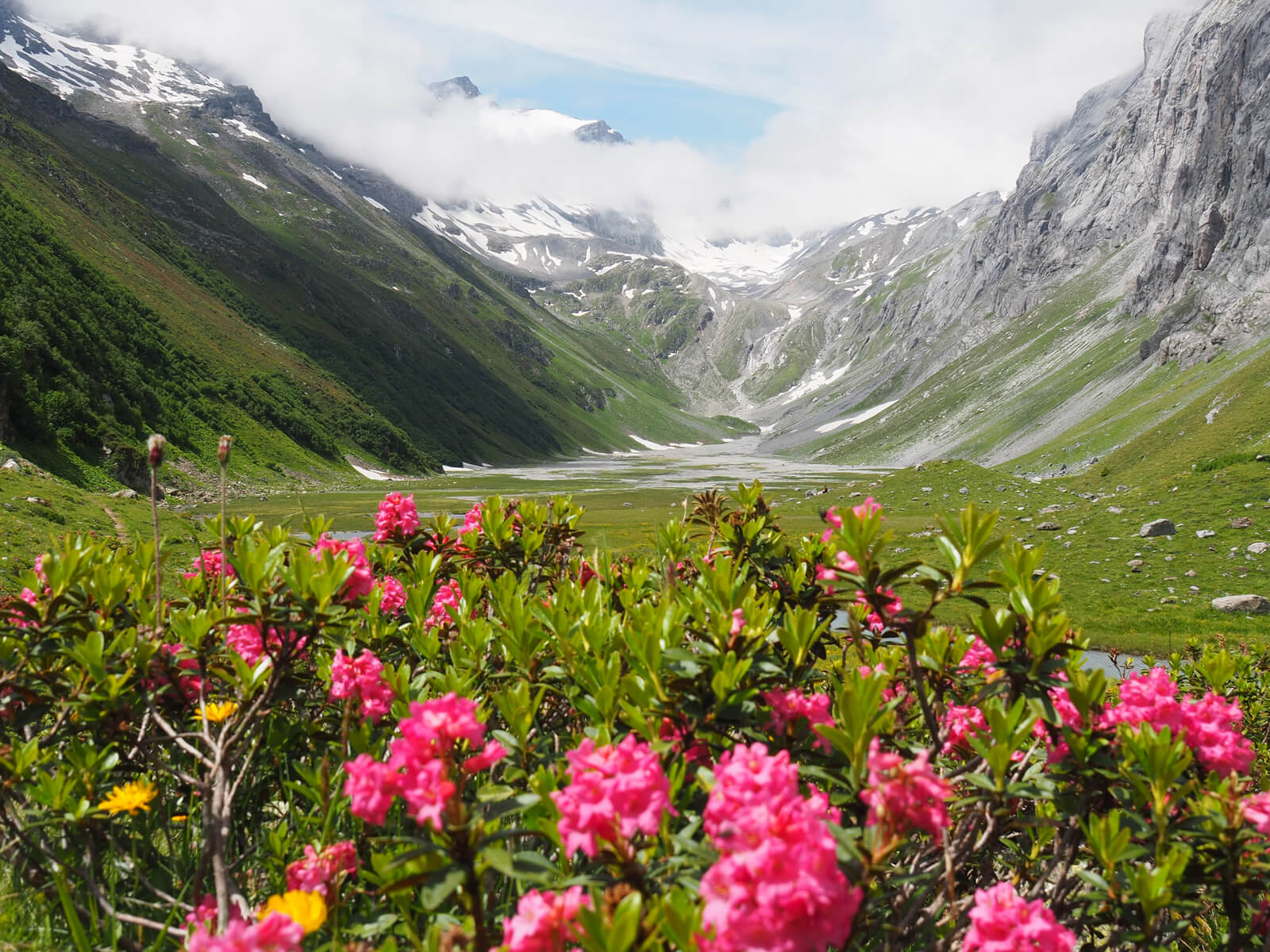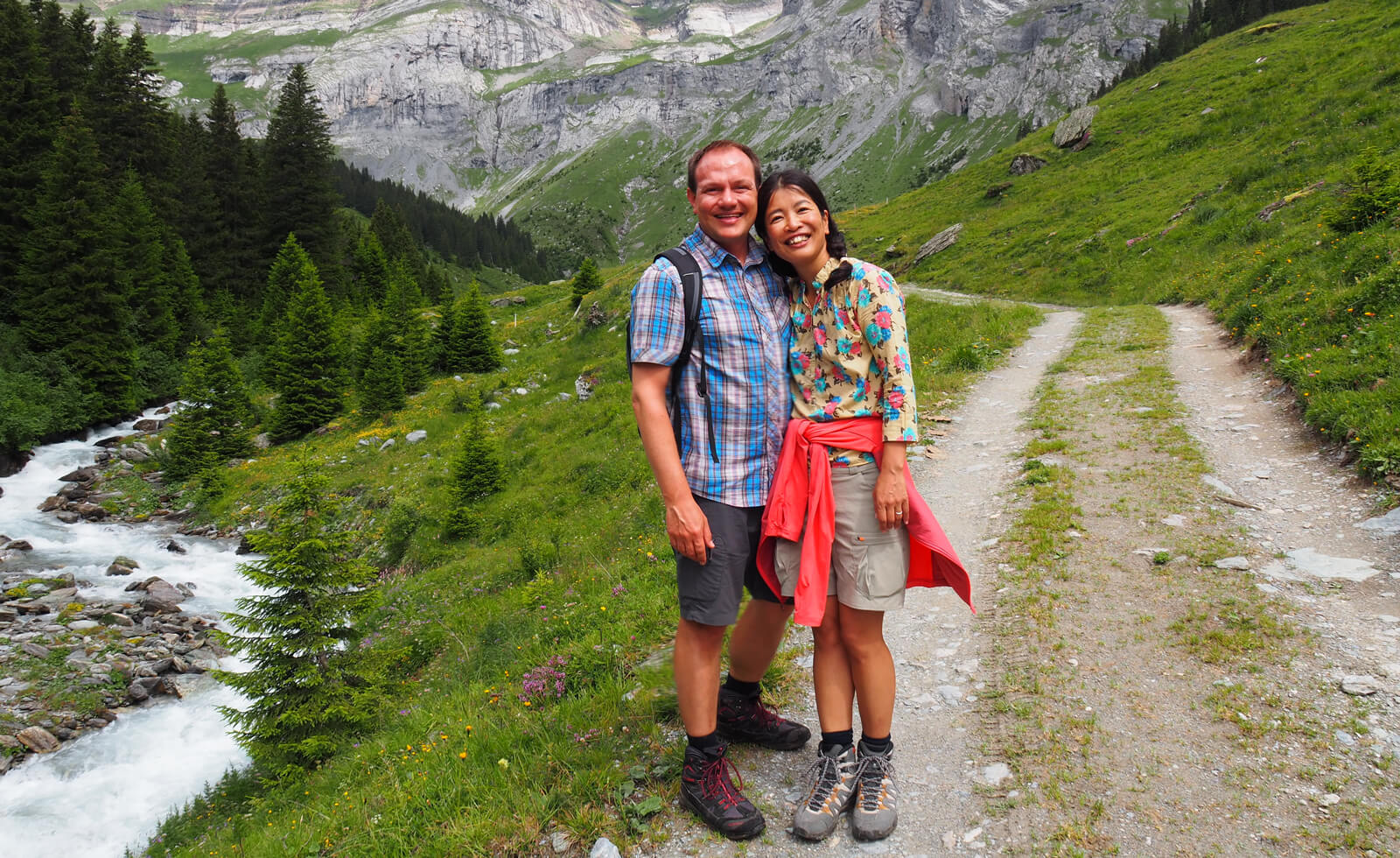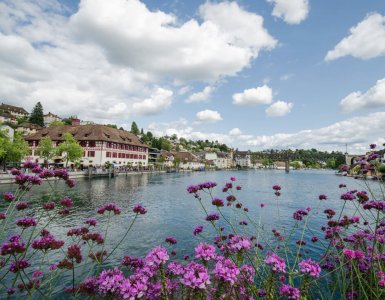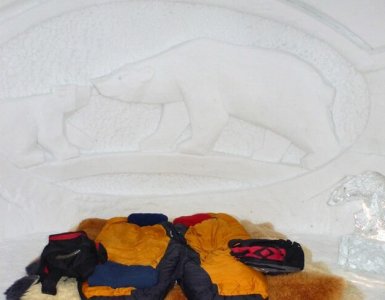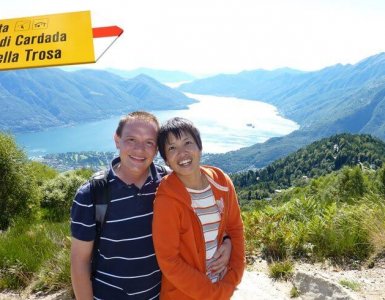If you want your Switzerland summer to feel like a real escape, not a shuffle through endless queues, smart planning is your best friend.
The difference between a stressful trip and a relaxed one often comes down to how you use Swiss travel hacks, insider tools, and a bit of local know-how.
Smart planning Switzerland trip style means you’re not just checking train times, but using the SBB app to see which trains are crowded, booking cable cars ahead of time, and structuring your day to stay one step ahead of the masses.
How Locals Actually Plan Their Swiss Summer
The first trick to effective smart planning Switzerland trip style? Look at how Swiss residents vacation in their own country during the summer months. We generally avoid the absolute busiest times and places if we can, and we use specific tools and habits to make our journeys smoother. These are genuine Swiss insider tips:
We use the SBB Mobile app to check real-time train occupancy and platform info-sometimes multiple times a day. If a train looks packed, we wait for the next one or tweak our route. Buying tickets in the app means no lines at the counter.
Savvy Swiss will book Supersaver tickets in the SBB app for discounts. These tickets are perfect if your timing is flexible and you can commit to a particular connection.
Swiss people are early risers. On hiking days, we hop on the very first cable car, sometimes before 9 AM. For sightseeing, visit major attractions or take the first cable car up the mountain.
We know the views are best in the morning light anyway, and being up before 9 AM means avoiding the long queues that form later. This applies to cable cars, gondolas, and mountain trains.
Logistically savvy as they are, many Swiss prefer to avoid changing hotels constantly. Instead, we use one or two well-located hubs and plan day trips from there. This reduces time spent packing, unpacking, and transferring luggage, which means less time stuck in busy train stations with all your bags during peak travel times.
Staying in a mountain village base, for example, gives you direct early access to that village's lifts without needing a train up from the valley first.
We frequently pack our own food and eat lunch on a trail or lakeshore, away from crowded self-service restaurants. Switzerland has many quiet picnic spots, including thousands of red benches in scenic locations. Grabbing supplies from a Migros, Coop or Volg is the local way to do this affordably.
The Swiss Way of Booking Trains and Cable Cars
Booking ahead isn't always necessary in Switzerland thanks to our flexible transport system. But for avoiding crowds and guaranteeing access to certain experiences, it's a crucial part of strategic booking, Switzerland style, in 2025.
Knowing what to book and when is key. As mentioned above, use the official SBB Mobile app frequently. Google Maps also works for public transport schedules in Switzerland, but SBB Mobile rocks at crowd prediction.
The app shows how full a train is likely to be, often displayed as color-coded indicators. Green means plenty of space. Yellow means some people. Red means it’ll be packed, potentially standing-room only.
Paying attention to these indicators is one of the most useful Swiss train app tips for comfortable travel. Key crowd-free hacks related to booking and transport timing include:
- Check conditions: Before leaving your base, always check the weather and train status for the latest updates.
- Depart ahead: Trains leaving between 7:00 and 8:00 AM from major hubs or cities like Interlaken are much less crowded than later departures.
- Be punctual: Arrive at the train station about 15 minutes before departure for popular routes, giving yourself time to find the correct platform and position yourself near less crowded carriages using the SBB app.
- Book ahead: For attractions with limited capacity, like the Oeschinensee cable car, book your slot for the earliest possible ascent to guarantee a spot and skip long queues.
- Reserve seats: On especially busy routes, such as Interlaken to Lucerne on the GoldenPass, consider paying for a first-class ticket or a seat reservation for extra comfort.
- Book trains: Panoramic trains like the Glacier Express or Bernina Express often require seat reservations, so check and book ahead before your journey.
- Alternative routes: Consider regional trains for scenic routes instead of the most famous tourist trains
- Call restaurants: Mountain restaurants, including traditional Swiss huts, can fill up quickly, especially at lunchtime on weekends or busy hiking days-call ahead to reserve a table, and consider asking a local to help if there’s a language barrier.
I remember one morning in July, I was trying to get on a train from Interlaken to Lauterbrunnen round 10:30 AM. The platform was overflowing! People were genuinely struggling to get themselves and their bags into the train cars. It was incredibly stressful since many didn't care to wait for their turn...
This firsthand experience showed me just how crucial that early start, checking the app, and getting to the station ahead of time to avoid crowded trains in Switzerland.
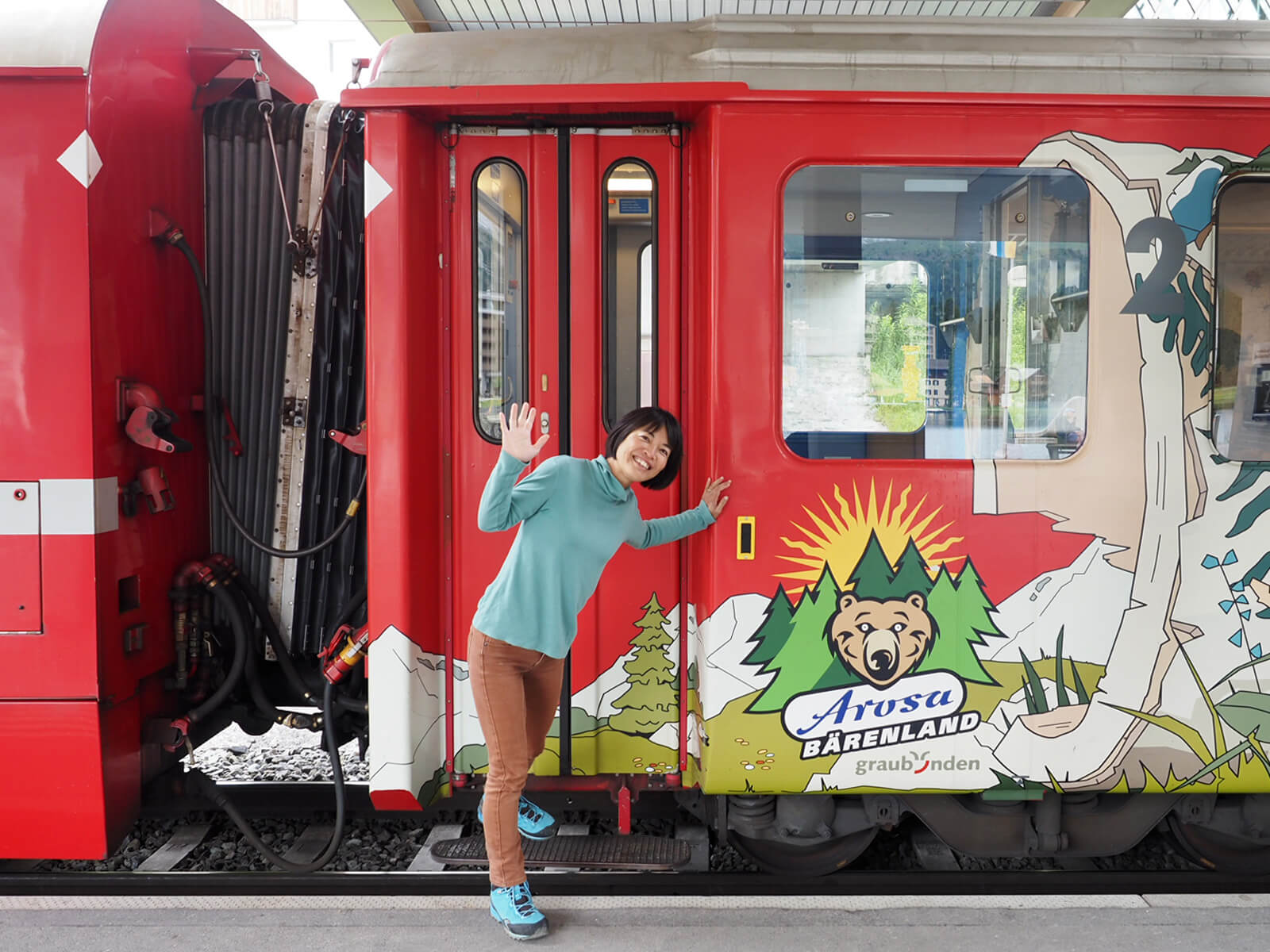
Swiss Travel Pass vs. Half Fare Card (with Crowds in Mind)
Your choice of travel pass is a significant part of your smart planning Switzerland trip. Both the Swiss Travel Pass and the Half Fare Card can help you move around the country flexibly, but they offer different types of flexibility, which impacts how you navigate crowds.
The Swiss Travel Pass offers unparalleled convenience. Simply hop on almost any train, bus, boat, or included mountain transport whenever you want, showing your pass when asked.
This encourages spontaneous travel, which can be an advantage if you want to suddenly change plans based on real-time crowd observations or weather shifts. It helps you avoid ticket queues entirely, which is a direct form of avoiding one type of crowd bottleneck.
Swiss residents typically use the Half Fare Card by default. This pass requires you to buy a ticket for every journey, but you get 50% off. The advantage here, from a crowd perspective, is that you are prompted to look up the connection each time, making it easier to see the SBB occupancy forecast before you commit to that specific train.
Whereas with a pass, you might do less planning with the app and simply hop on the next available connection. This might get you onto super crowded trains or boats since you didn't actively check beforehand.
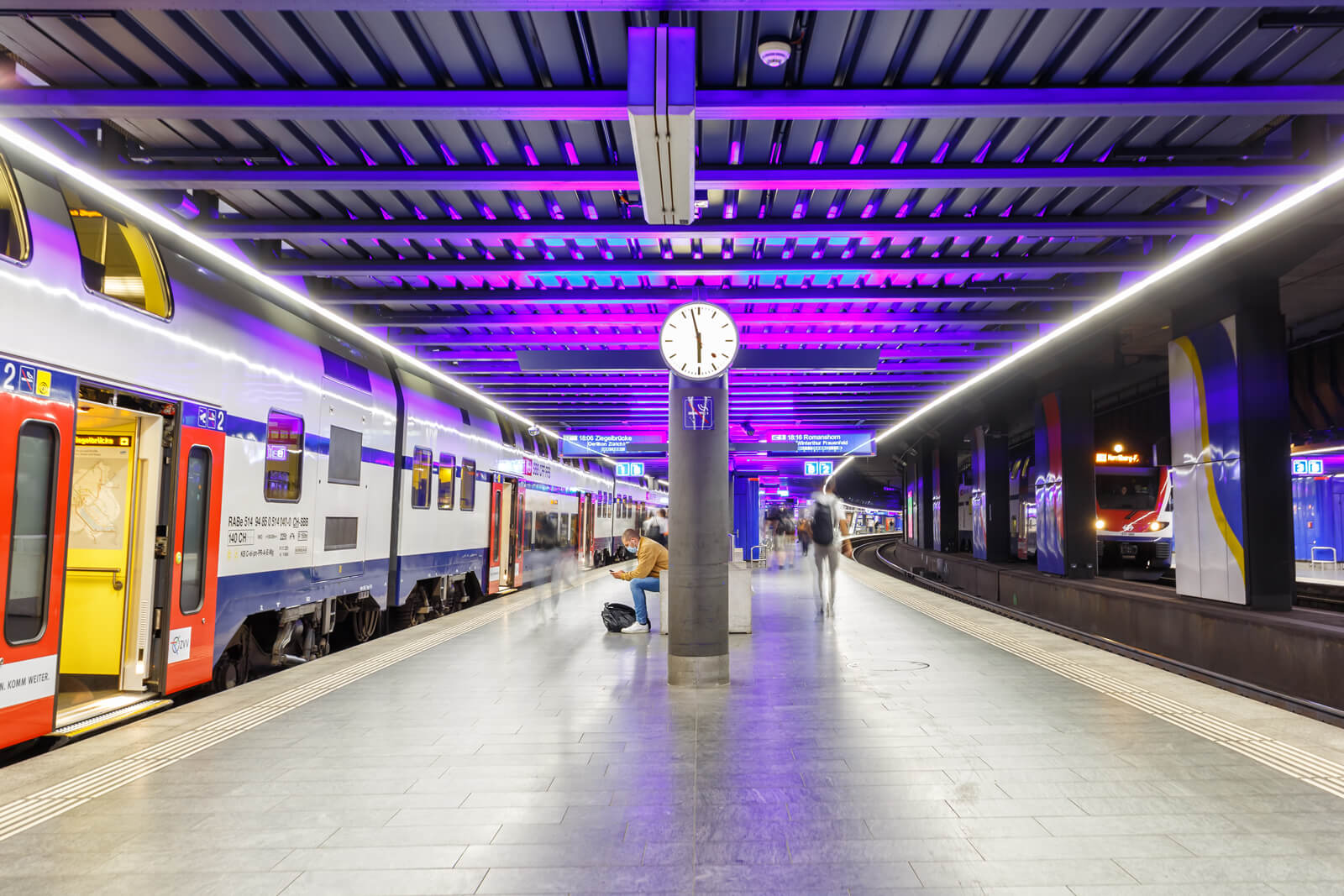
How to Build Your Days Around Peak Hours
If there’s one strategy to internalize from a local's perspective, it’s this: plan your daily activities around known crowd peaks, not against them. It's about using the predictable patterns of tourist flow to your advantage. This is the heart of smart planning Switzerland trip execution.
Most travelers, especially those on holiday, are still enjoying breakfast or just starting their day between 8:30 AM and 9:30 AM. That means if you’re already at a trailhead, boarding a boat, or arriving at a mountain lookout by then, you are literally ahead of the wave.
The difference in atmosphere at 8:45 AM versus 10:15 AM at a popular spot like the top of Pilatus or the Oeschinensee cable car station is astounding.
My favorite Switzerland summer planning hacks:
- Arrive early: Visit major peaks like Jungfraujoch, Schilthorn, Pilatus, or Titlis on the first transport up for fewer crowds, better light, and a peaceful atmosphere.
- Visit late: Explore lakeside towns, enjoy boat rides, or wander through old towns in the late afternoon or evening when day-trippers have left and the light is beautiful.
- Hike midday: Head out on trails during the middle of the day when summit stations are crowded; choose less obvious or longer routes away from main lifts for solitude.
- Go midweek: Schedule big outings to popular destinations on Tuesdays through Thursdays to avoid weekend crowds and Monday extensions.
- Check events: Always look up local festivals, holidays, or events that might increase crowd levels and adjust your plans to avoid unexpected crowds.
- Stay flexible: Be ready to adapt your plans based on the weather; visiting right after rain or on mixed-forecast days often means quieter experiences.
Hiking and Picnicking in Peace
Switzerland’s iconic trails and lakeside spots are famous for a reason-but with fame comes crowds, especially in summer. The good news? Even in the busiest regions, you can find moments of solitude and quiet if you know where and when to look.
By starting early, choosing less obvious routes, and embracing the local custom of picnicking, you’ll experience the best of the Swiss outdoors without the stress of packed trails or noisy restaurants.
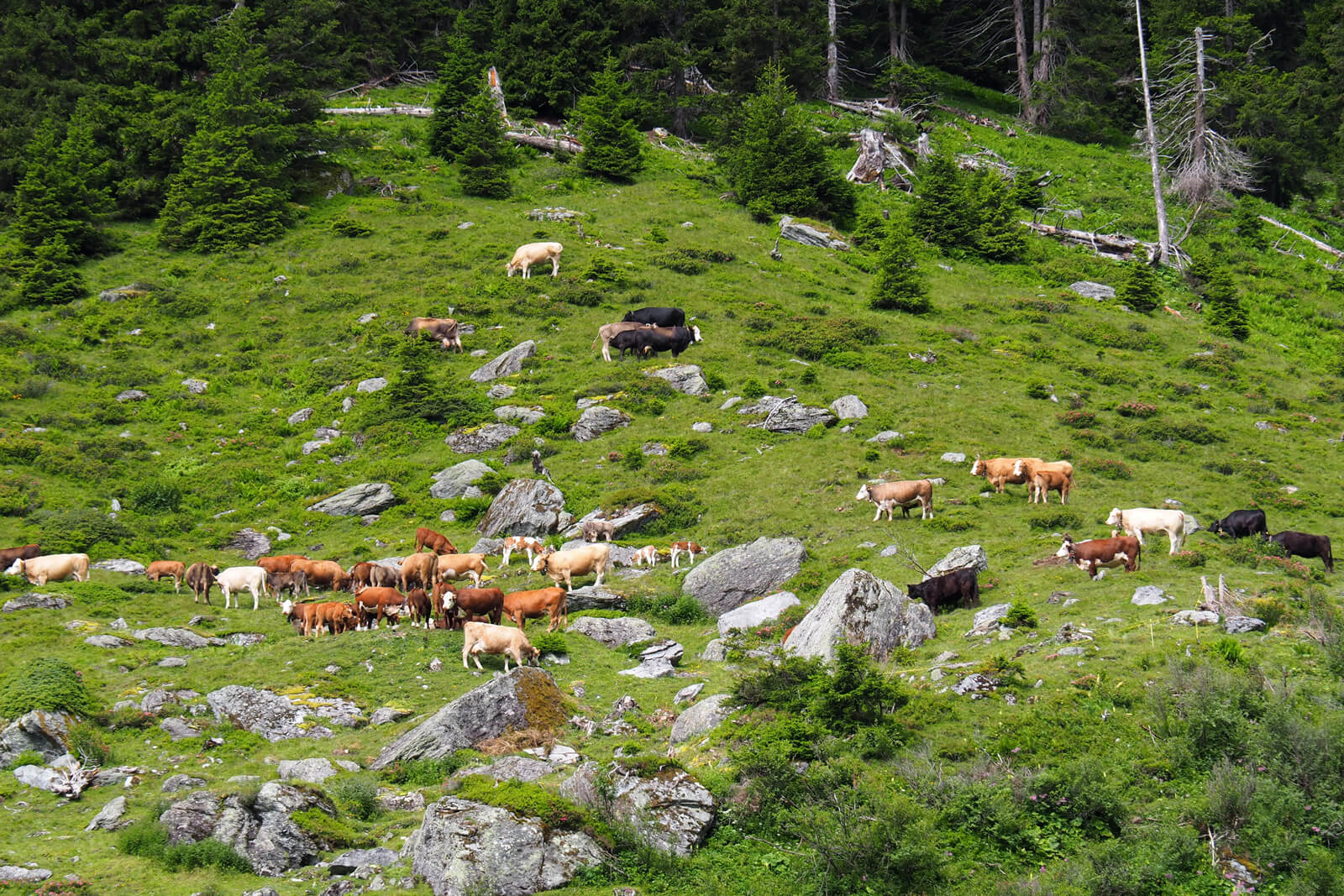
Hiking Without the Crowds
Setting out early is your best ally. Most hikers, especially tour groups and families, start their day after breakfast, so trails are at their quietest before 9 AM. The crisp morning air and soft light make for an unforgettable start. Plus, you’ll often have the path to yourself for the first few hours.
But timing isn’t everything; route choice matters, too. Instead of following the herd from the main cable car station, look for alternative trails. In the Bernese Oberland, for example, the hike from Mürren to Rotstockhütte offers stunning views and far fewer hikers than the popular Northface Trail.
In Zermatt, try the 5-Lakes-Hike in reverse or set off before the majority of visitors arrive.
Loop hikes and out-and-back routes are generally less crowded than one-way trails serviced by lifts at both ends. Using the SwitzerlandMobility app can help you discover lesser-known trails and plan your adventure with up-to-date maps and route suggestions.
And if you’re not sure where to start, ask locals or your accommodation host. They often know the hidden gems that aren’t on the tourist maps. In Brigels, we learned about Val Frisal, a hidden gem we almost don't want to share...
Picnic Spots: The Swiss Locals' Secrets to Peaceful Breaks
Picnicking is a cherished Swiss tradition, and often a reliable way to escape the crowds. Switzerland is dotted with official fire pits (Feuerstelle or Grillplatz). Many of them have proper benches, tables, grills, and even free firewood.
You can find these hidden gems using the Schweizer Familie firepit map. Stock up on fresh bread, local cheese, and other supplies at Coop, Migros, or Volg, then head out to enjoy your meal with a view.
Arriving early or late helps you snag the best spots, especially on weekends. And remember: always bring a trash bag and pack out everything you bring in. Locals take pride in leaving these beautiful places as clean as they found them.
With 65'000 km of marked trails and countless benches, fire pits, and picnic tables, you’ll never run out of peaceful places to pause.
| Strategy | Why It Works | Pro Tips |
|---|---|---|
| Start hiking before 9 AM | Beat the crowds, enjoy quiet | Pack a headlamp for early starts in summer |
| Choose alternative routes | Discover hidden gems, avoid crowds | Use SwitzerlandMobility app for ideas |
| Picnic at fire pits | Save money, find peace | Bring a trash bag, respect nature |
| Shop at local supermarkets | Fresh, affordable supplies | Coop and Migros are everywhere |
Itinerary Planning: Go Deep, Not Wide
Trying to see too much in too little time is a common trap-and it almost guarantees you’ll spend your trip rushing from one crowded spot to the next. Instead, focus on a few regions and explore them thoroughly.
For a week, pick two regions at most; for ten days, three if they’re well-connected. Start by flying into Zurich, Switzerland’s main international gateway. From here, head straight to the Bernese Oberland, a region packed with iconic Swiss landscapes.
This area gives you easy access to world-famous sights like Jungfraujoch (“Top of Europe”), Schilthorn, and the stunning Lauterbrunnen Valley waterfalls.
Base yourself in smaller villages like Meiringen, Beatenberg, Brienz, or Kandersteg. These places are peaceful, well-located, and offer easy access to the best trails and lakes.
Create a customized itinerary for a less crowded Switzerland trip. Backed by our community's advice and my own experience, here's a table to help you compare classic destinations with alternatives that draw fewer crowds:
| Classic Destinations | Less Crowded Route |
|---|---|
| Lucerne City Center | Lake Lucerne villages such as Weggis or Vitznau |
| Interlaken | Beatenberg, Brienz, Meiringen, Mürren, or Gimmelwald |
| Zermatt Gornergrat | Bettmeralp, Saas-Fee, or Pontresina for glacier views |
| Jungfraujoch | Hiking the Schynige Platte or Mt. Schilthorn |
| Rhine Falls | Secluded waterfalls in the Jura |
Think in terms of experiences rather than checklists. Always wanted to taste the mineral-rich Swiss white wines? Head to Aigle to taste their Chasselas. How about soaring like a bird above Swiss lakes? The Bernese Alps offer some of the best paragliding and hang gliding.
Spend a day hiking a single valley or swimming in a lake instead of racing between attractions. Stay flexible for weather and always have a backup plan.
By not overcommitting, you can swap days if needed and avoid the transport rush hours that come with constantly switching bases. As our community has told us time and again: “Going deep, not wide” is the best way to truly experience Switzerland.
How to Spend a Summer Day in the Bernese Oberland
Here's how a Swiss would plan a crowd-free day in the Bernese Oberland:
- Reserve an early morning slot on the Oeschinensee cable car a few days before.
- Start with an early train to Kandersteg, walk to the Oeschinensee cable car, present your ticket, and take the ride up.
- Hike the panoramic loop before 10:30 AM, when the crowds are just starting to arrive.
- For lunch, find a peaceful spot by the lake or along the trail for a picnic.
- Afterward, head back to Kandersteg before the afternoon rush, then stop in Spiez for a lakeside walk or castle visit.
- By 5 PM, the crowds are gone and you can enjoy the golden hour by the lake in peace.
Where to Go From Here
Use these smart planning Switzerland trip hacks and you’ll spend your summer with the best views - and the fewest people. To learn more smart planning tactics for Switzerland, check out these guides:
- How to Beat Swiss Summer Crowds (2025 Guide)
- Swiss Summer 2025: Best Times to Visit Without the Crowds
- How to Avoid the Busiest Places in Switzerland (2025)
FAQ: Smart Switzerland Summer Planning Hacks in 2025
